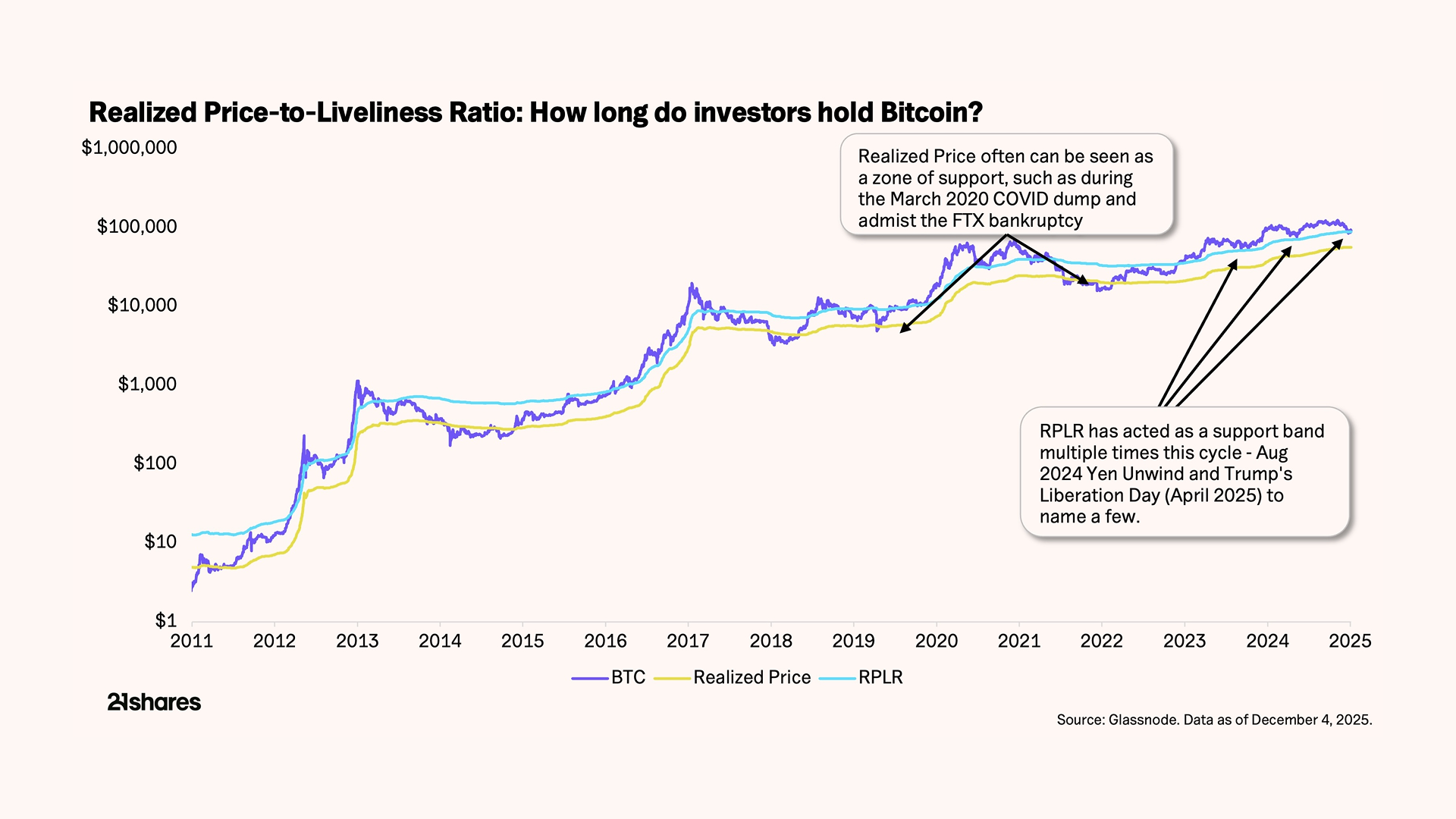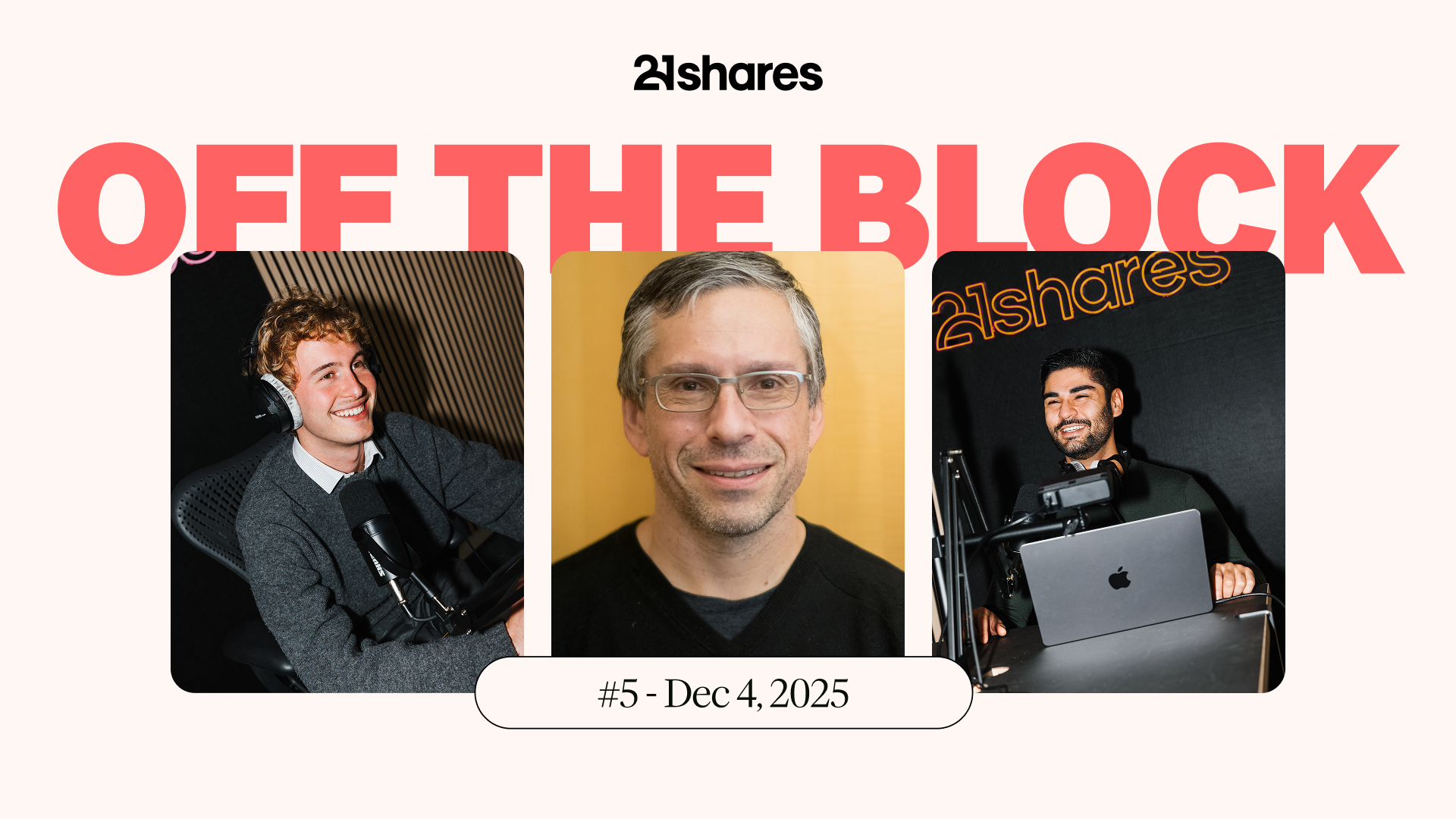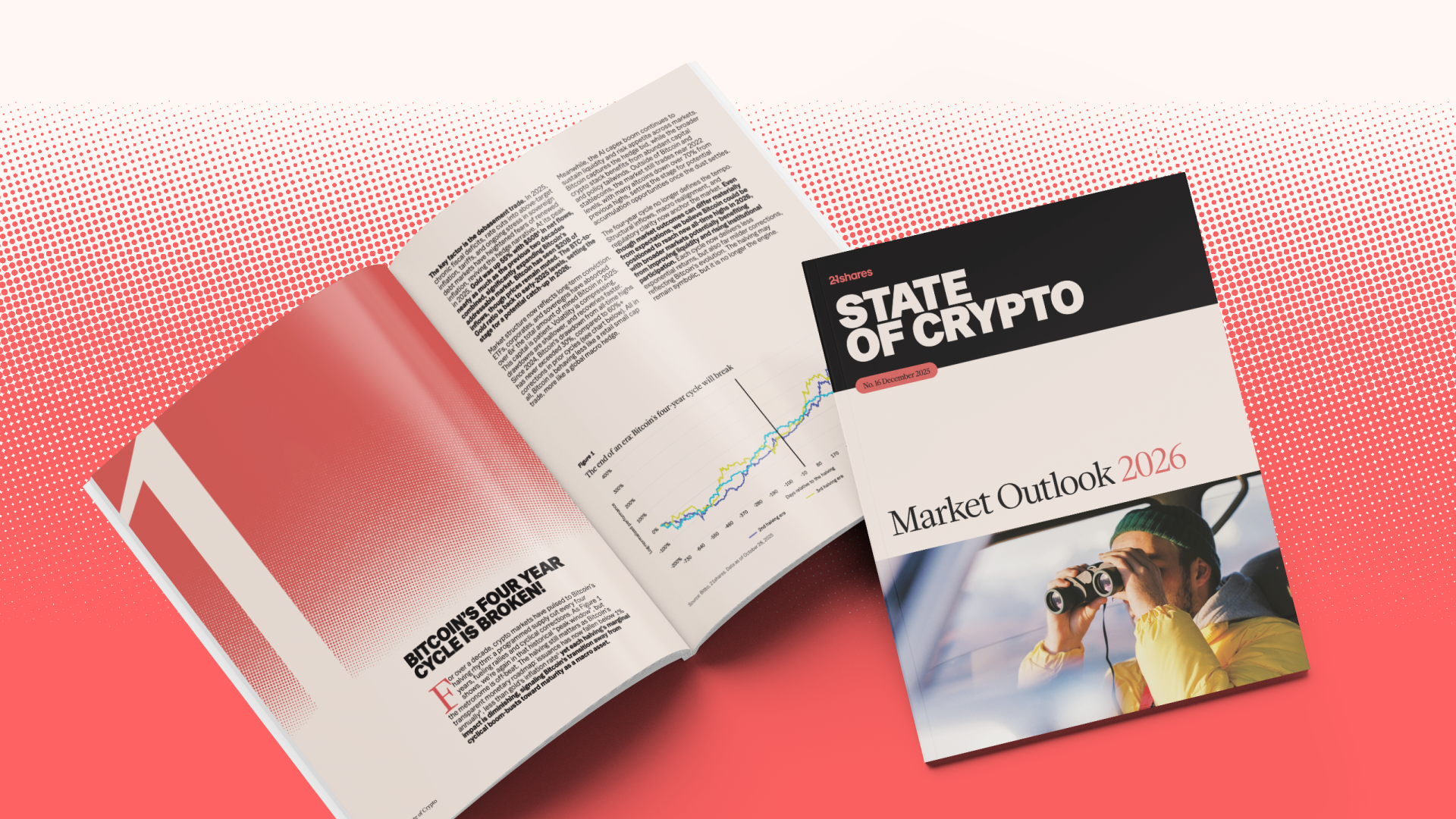Part 1: How to identify potential winners in digital assets?
Découvrir

Part 1: How to identify potential winners in digital assets?

Off the Block podcast: EY's Paul Brody on Ethereum, privacy, and enterprise readiness

Off the Block Podcast: Vivek Raman's Vision for Ethereum on Wall Street

Off the Block Podcast: The Godfather of Crypto, Michael Terpin

Crypto Sell-Off Explained: 21shares Market Update Call Nov 19, 2025























